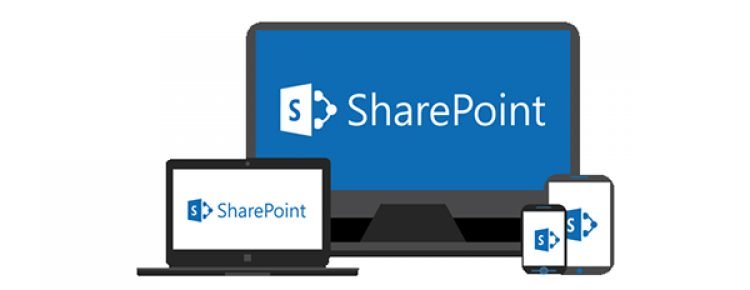SharePoint is a Document Management System.
I am often asked if SharePoint can be used as a document management system – this is quite an odd question as that is exactly what SharePoint is…so how did we get to the point where that is questionable?
SharePoint has been through quite a revolutionary journey from petty file share to modern Intranet in a box. However, we seem to have got to a point where the visual has overtaken the reputation of the functional. So, let us clarify and answer the question asked:
So, what do we need from a Document Management system?
Version Control
Version control is usually the very first requirement. However, a great deal of a solutions functionality is being able to handle major and minor versions alone. In SharePoint, we can review and re-instate any previous version, major or minor. We also can determine who sees which version, allowing a published version to remain live while contributors edit it in private.
With modern SharePoint pages, where news and information display alongside many other modern and clever webparts, we can now schedule when content is published from draft for general availability.
Approval Processes
While older versions of SharePoint, installed on premise rather than in office 365 had in-built publishing and workflow, SharePoint Online uses the new Power Automate (formerly flow) functionality. Approval can now be triggered or approved simply on a mobile phone or approval notifications sent to Microsoft Teams adaptive cards for approval.
Access Control
One of the key features of SharePoint is the fine-grained control of permissions that can be applied to sites, document libraries, documents, and lists. Every location in SharePoint looks different to every user – you can only see the documents you have permissions to see and so some pages may show you 2 document libraries while other users can see all 4 libraries that are there.
The permission levels are totally customisable: out of the box each SharePoint site gives Owners full control, Members have contribution access and Visitors, read only access. Permissions can be inherited from a parent site in a hierarchy structure or in the more modern structure where sites belong to a hub in more of a wheel and spoke relationship model.
Controlling the permissions in SharePoint has always needed, and still does need a governance plan. SharePoint groups instead of users should be assigned permissions and it is important to understand that the delegation of the assignment of permissions can easily become a full-time role for a site owner without sufficient training. Given the risk of traditional “SharePoint Sprawl” (a phenomenon where unplanned site structures become huge and unwieldly) a well-considered Information Architecture, when moving to SharePoint Online is imperative.
Searchability
Since the inception of SharePoint content types: meta data has been at the forefront of the offering. Meta data allows you to adorn documents with additional facts about the context of the document without changing the document itself. The associated information allows the inbuilt search engine to easily find similar documents which can then be further refined by the data created and other associated facts.
Content types are the SharePoint tool that allows you to create multiple document libraries or lists, using the same pattern of additional columns and the meta data without having to set it up each time.
Intranet too
Today, SharePoint’s advanced hub structure is such a great tool for news; with its attractive and informative pages and the ability to make any reference material available throughout companies, it has naturally become the Intranet of choice for most organisations. With its modern look and new easy way to configure, publish and edit pages, we are now at the point where “Intranet in a Box” (a breed of installable solutions that developed a market place of their own) no longer has the same standing in the market that they once did. The focus that the Microsoft team have made to making sure SharePoint sites are so easy to configure and have a great look has, of course, contributed to the confusion of the products main use – it’s now known more for its use as an Intranet that it is for its internal collaboration and document management system features.
Speaking of Teams…
Yes, Microsoft Teams and of course OneDrive are SharePoint under the hood – making SharePoint the document management layer of the whole Microsoft 365 or Office 365 product set.
The difference, however, with Microsoft Teams is that these document libraries (one document library per team) are pre-set with permissions that are more binary than native SharePoint. So, all members of a Microsoft Team can contribute (and yes that means create, edit, and delete) to all documents in the team. Owners can also contribute, add additional channels, users etc.
This is great for a quick set up where your use case is that all team members are equal. However in larger teams where there is a need for additional, finer grained permissions, we find a blend of both Teams and SharePoint will work best, with the SharePoint site already configured with the full Visitors, Members and Owners and simply shown as a tab in Teams – not by simply adding a tab and pointing at the SharePoint site you need. Security trimming, as described above makes sure you see only what you should even though this is surfaced through Microsoft Teams – the best of both worlds.
Conclusion
SharePoint Online is more than a comprehensive Document Management system, more than an Intranet – it is a super flexible and saleable collaboration platform that underpins the whole Office 365 product set.



